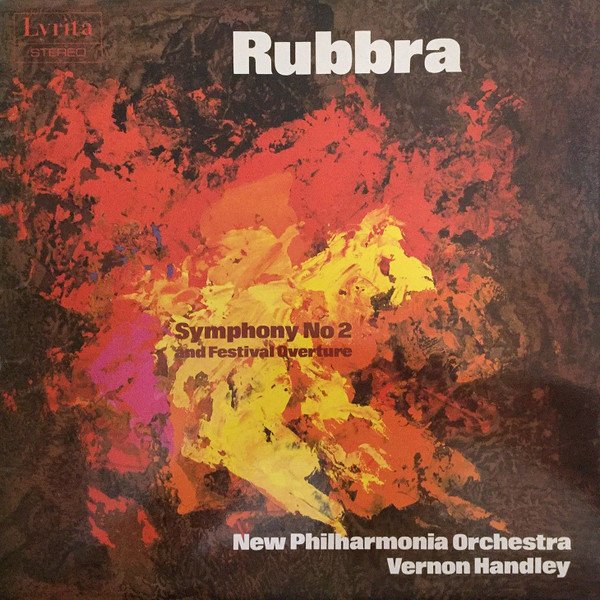Solid state DACs have indeed improved, but as someone who’s owned a lot of solid state DACs over 30+ years, I sometimes wonder if that’s really the case. Certainly, the modern DACs resolve more codecs, so if you want DSD 512, you will not find that on a 20 year old DAC. I owned the dCS stack 25 odd years ago (the Verdi SACD player, the Purcell upsampler, and the Elgar Plus DAC). If you restrict yourself to high bit rate PCM, are modern solid state DACs really better than this classic dCS stack? I sold mine a long time ago, sadly. I do have the Chord stack (Blu2/M-scaler/Dave), and yes, it’s a nice combo, but I can‘t say it’s unequivocally better than my distant memory of the dCS stack. Of course, the Chord combo has the classic solid state signature, so it sounds very different from my Lampizator Pacific.
Here’s another analogy. I’ve owned a lot of phono stages, but no solid state phono stage I have owned has come remotely close to matching my ARC Ref Phono 3SE. I used to own the original Ref Phono 25 years ago, which I kept for 20 years. Listening right now to a humble Technics SL-10 linear tracking turntable with a cheap Shure P-mount cartridge. The Ref Phono 3SE is so good it makes this humble front end sound better than almost any DAC I’ve heard — analog is analog at the end. Luxuriant strings and wonderful burnished gold brass marks Rubbra Symphony Number 2, which is what I’m hearing. Through even my Lampi Pacific, even on a high res 24-bit recording, it’s hard to match the sound of the Ref Phono 3SE with a humble vinyl playback system.
View attachment 100511
Was being polite. But, as I understand it, the Playback has the better version of that kit and for way cheaper












